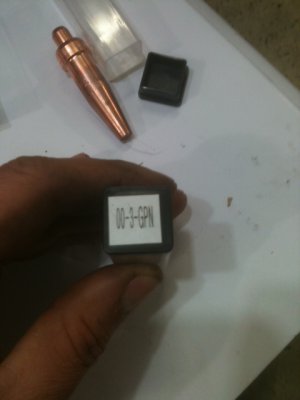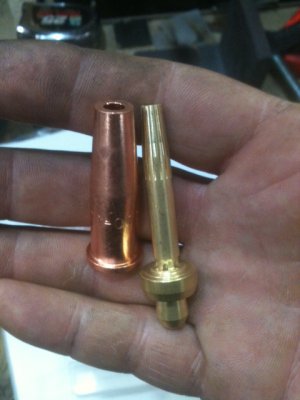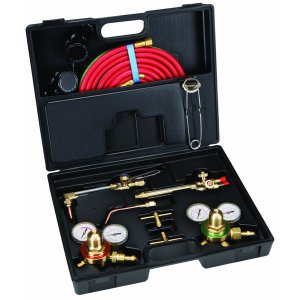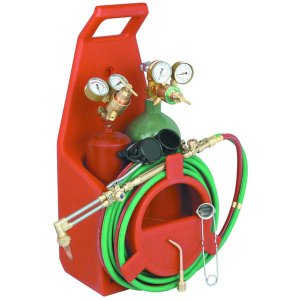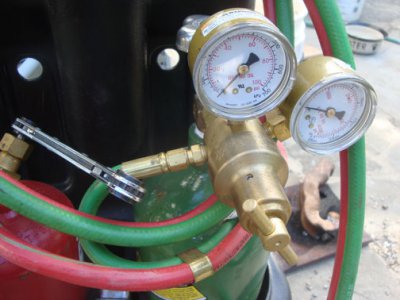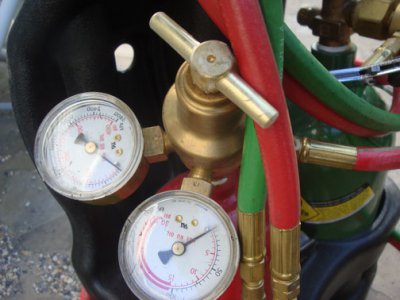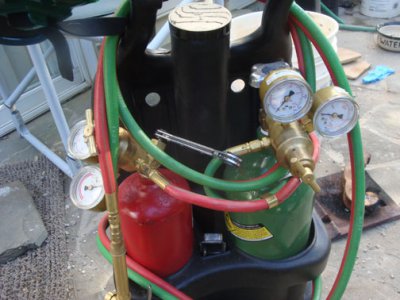- Joined
- Sep 24, 2010
- Messages
- 3,096
I am becoming a little concerned about the tenor of this thread by a couple of the membership. There are ways to do things that do not come out of the book or the welding bible by Lincoln. That said, as long as the suggestions are not dangerous I see no problem with the discussion. However two of you are turning this into a "whos is bigger"contest. That will stop, or I will let both of the offenders have a vacation to consider their approach to there fellows. It is fine to disagree, but it is not fine to attack anothers percieved intelegence. So, Final warning, lets get back to the original topic and stop the BS. I mean it!!!!!
MODERATOR
Bob
MODERATOR
Bob

